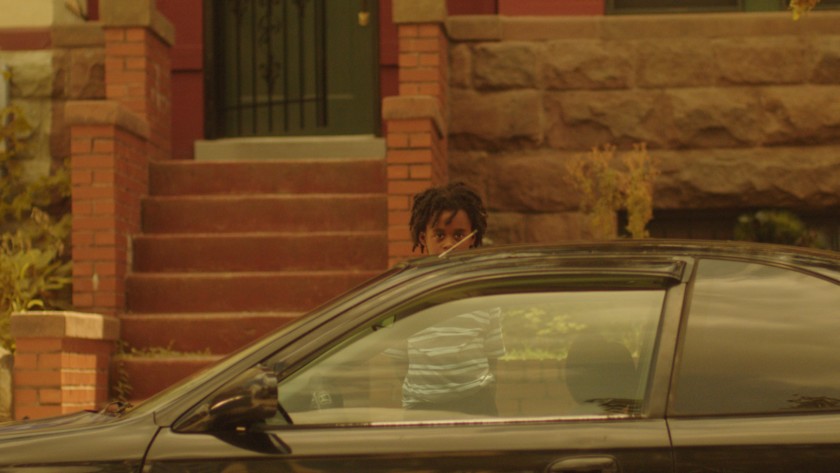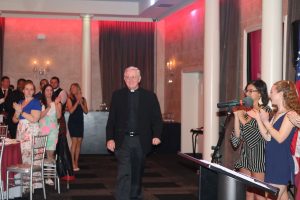Merawi Gerima’s ‘Residue’ depicts harsh, emotional relationships of Black communities in America
Merawi Gerima’s “Residue” Depicts the Harsh, Emotional Relationships of Black Communities in America – Joseph Ferrer – Photo Courtesy of Array
October 1, 2020
Debuting on Netflix, “Residue” is a brutally honest and emotional film about the harsh realities of the gentrification of Black communities in Washington D.C. Director Merawi Gerima uses “Residue” as his first feature film to tell this story with unique filmmaking tactics and creative decisions with which few films can compare.
“Residue” follows its protagonist Jay (Obinna Nwachukwu) as he returns to his hometown of Q Street in Washington D.C. after moving away to attend university in Los Angeles. Jay sets out to make a film about his childhood and the culture of Q Street, which has been undergoing a severe change of culture with the area transforming into a more middle-class environment. The film then follows Jay as he struggles to come to terms with his drastically changed hometown alongside him dealing with the broken relationships of his friends and family who he left behind.
“Residue” is boldly shot with a unique artistic flair that highlights the reality behind the relationships in its plot. The majority of the film’s scenes are shot similarly to reality TV with the camera moving often as if someone were holding it, trying to film from a distance. The film also makes the decision to not have any soundtrack, further placing the emphasis and attention on the dialogue and character interactions. The movie occasionally introduces flashbacks through blurry footage with similar quality to a ’90s video camera, making certain scenes feel like real footage that family and friends would have recorded of themselves. “Residue” also utilizes deliberately quiet, drawn-out scenes to effectively communicate the emotional weight behind certain moments of the film.
The film’s unique directorial style elevates the performance of “Residue’s” cast even more. Each actor helps make their character feel like genuinely real people both in showcasing their emotions and mannerisms throughout the film. Characters speak in an extremely colloquial way, which helps establish both their relationships with one another and the culture of the setting as well. The way the film is shot, alongside the down-to-earth nature of the plot and performances, made it hard to tell at times that the characters in the film were actors and not actual people.
The themes of “Residue’s” plot showcase the emotional trauma of leaving home as Jay struggles to see eye to eye with people that he grew up with as family. As the film progresses, the time away from home continues to break Jay’s relationships in emotional scenes. Jay struggles between wanting to separate himself entirely with the ghetto of Washington, D.C and staying with his loved ones, and this conflict permeates itself within the greater issue of gentrification in America. Jay wants to create his film in order to help save and preserve the culture of the Black communities in Washington, D.C as the city continues to lose that culture due to new people moving in. However, the people he needs in order to help make the film resent him for abandoning them, resulting in heart–wrenching, emotional conflicts.
“Residue” is a surprisingly real, emotional film that tells its story with extremely unique cinematography that many can relate to and few will be able to forget after seeing it.









